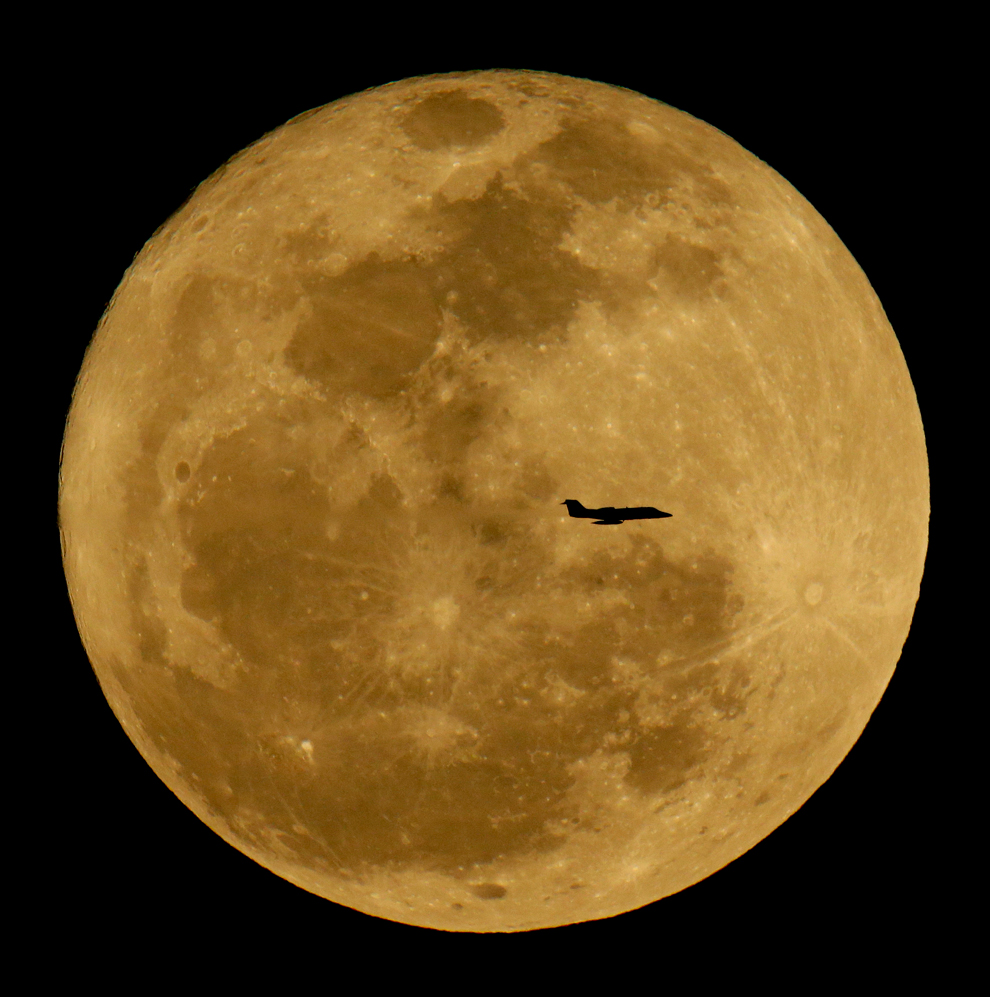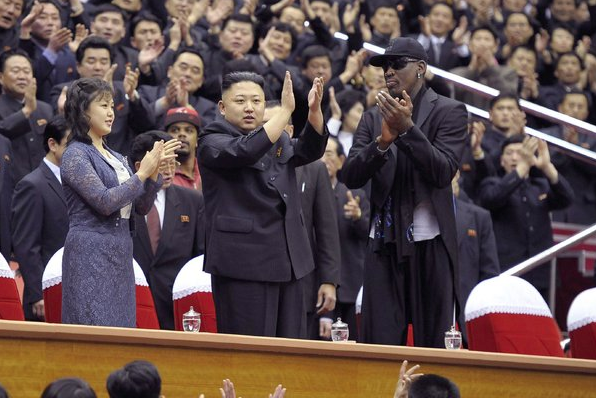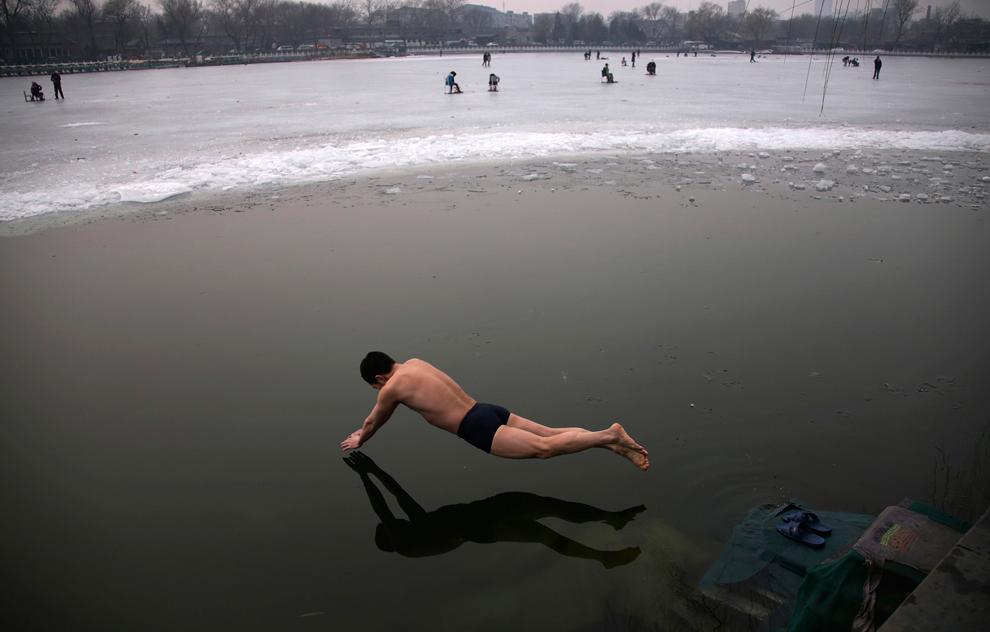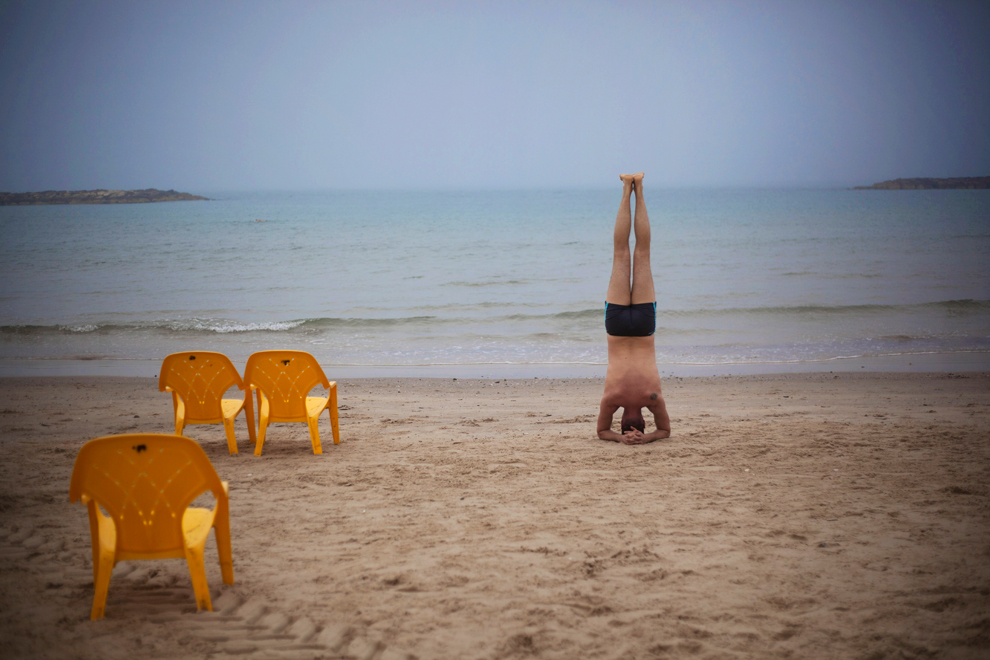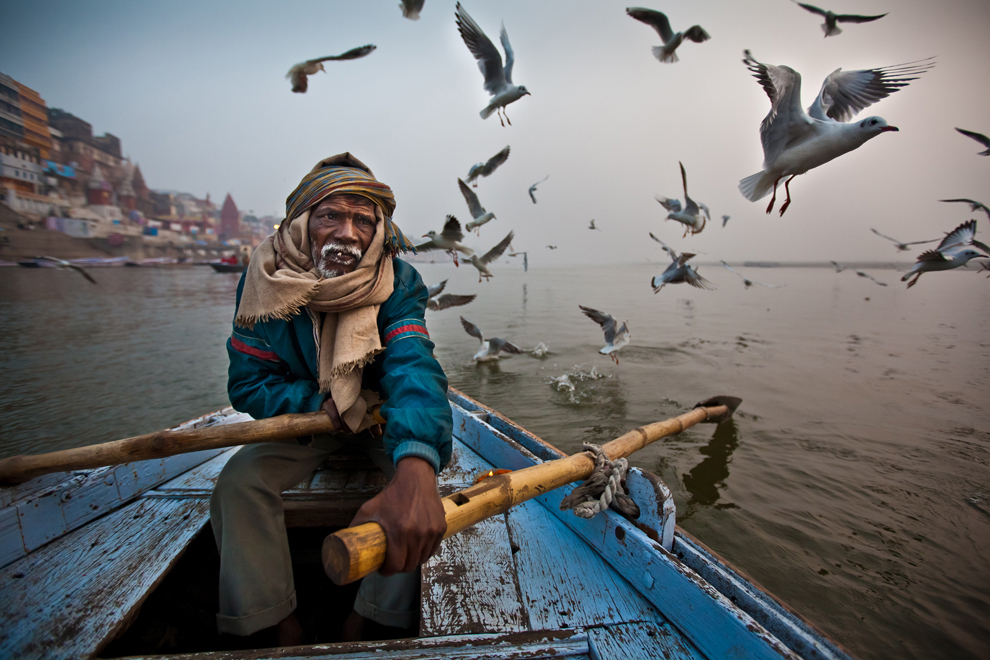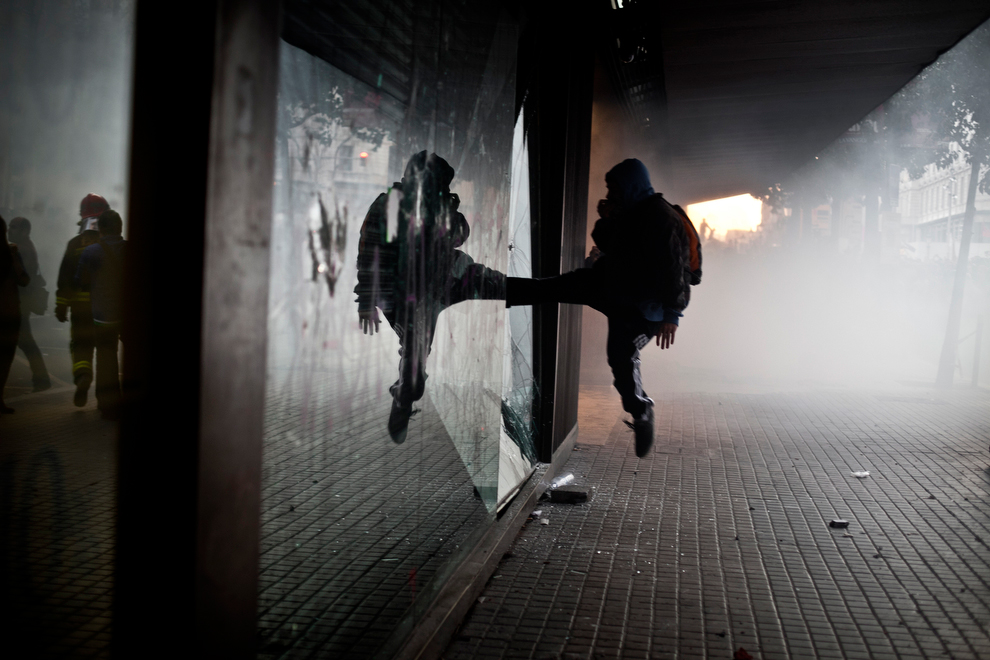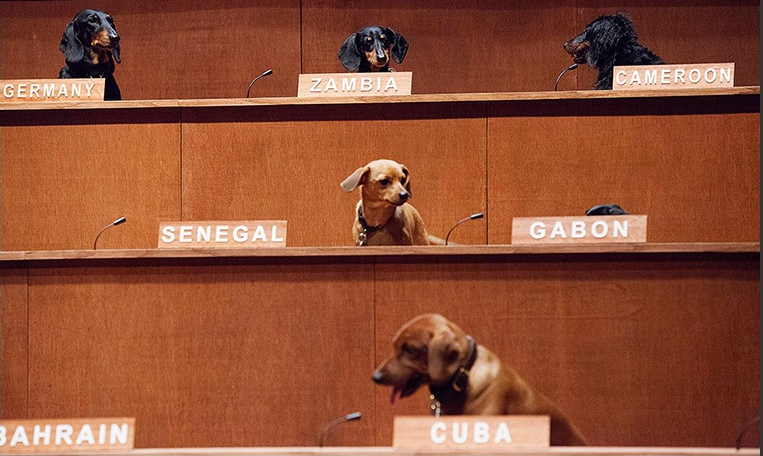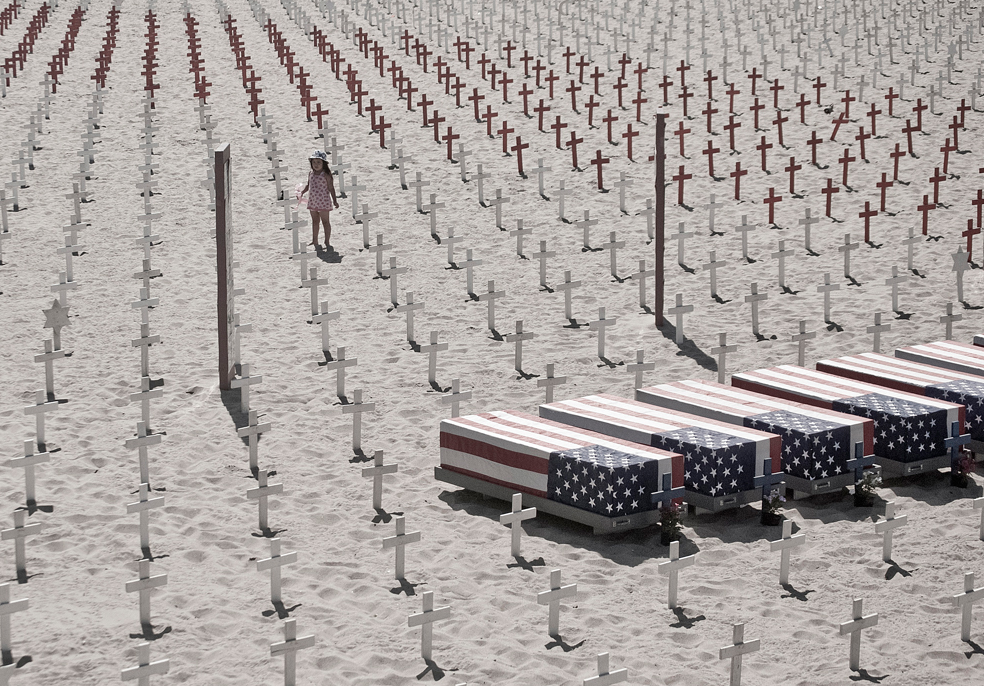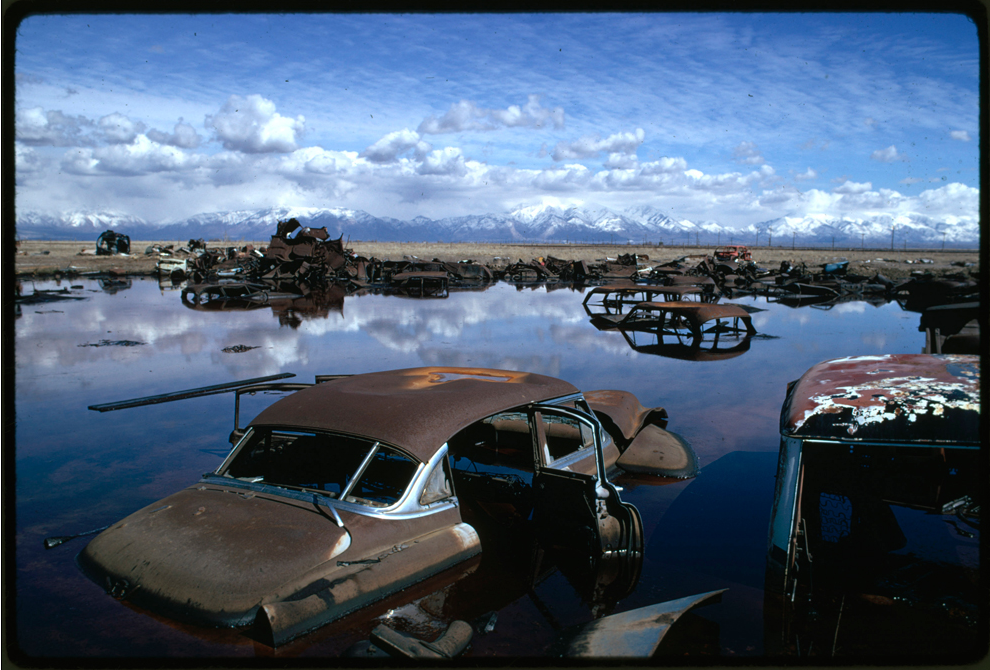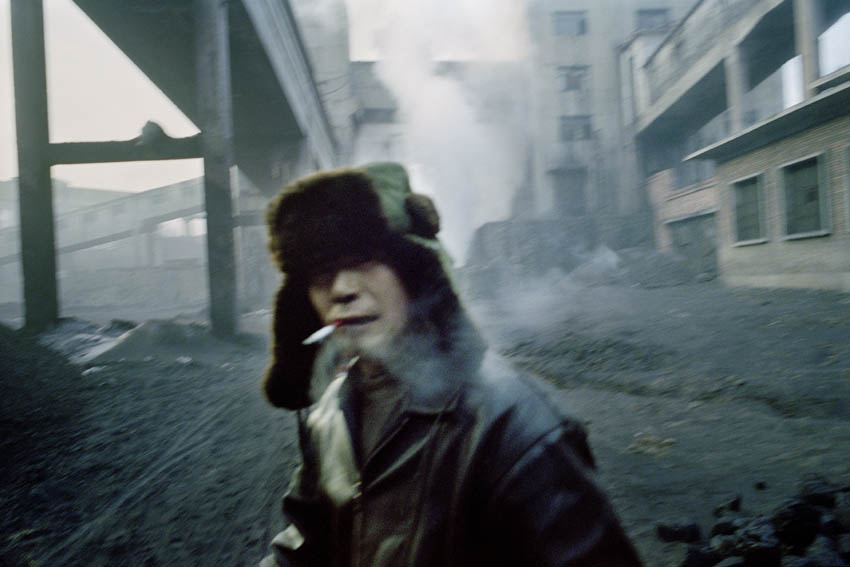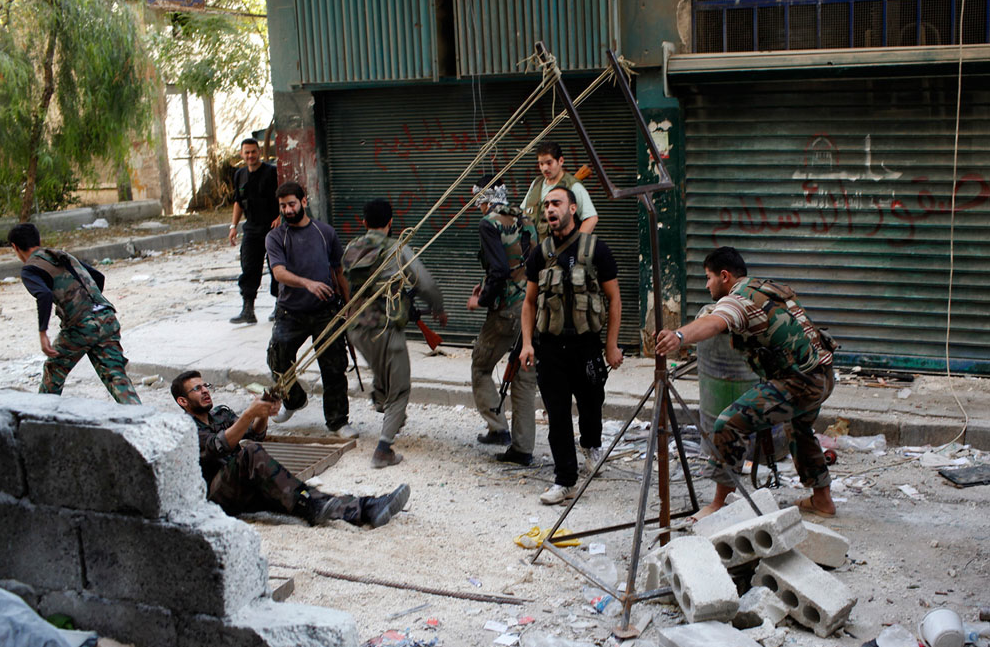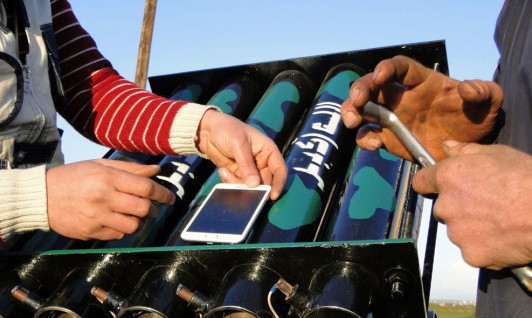I have been reading a good bit about “big data” lately (e.g., here). The basic assumption is that when you expand the scale large enough last century’s concern with sampling as the basis for prediction becomes irrelevant, the value of accuracy or “rigid exactitude” is mitigated by the overall messiness of large data sets, and correlation becomes more important than causation. The result is a capacity to see things we could never see before, such that algorithms based upon 45 carefully calculated search terms arrived at after processing 450 million mathematical models and based upon what individuals were searching related to “coughs,” “fevers” and the like allowed Google to pinpoint the path of a flu epidemic much more effectively than all the doctors in the world with tongue depressors and mouth swabs or the CDC with its wide ranging national networks of information. We have always relied upon data, but “scale” it seems is the operative principle of the brave new world of judgment and decision making.
Scale, of course, has always been one of the things that photography marks particularly well. Animated by a technology that presumes a realist aesthetic, the photograph can call our attention to the relationship between large and small through the presentation of provocative comparisons and contrasts. Consider the photograph above. The caption notes that we are viewing the silhouette of a small jet cast against the background of a rising moon in Arizona. The contrast in scale—the enormity of the moon and tiny speck of a jet—invites the viewer to consider the hubris in claims like “man is the measure of all things,” or at the least it encourages us to recognize the irony in such claims. But the photograph enables other considerations of scale as well. As large as we know the moon to be, and as small as we know even the largest jet to be, the moon here might be seen to pale in the comparison; large, yes, but not so large that we can’t imagine blocking it out its view completely with relatively small number of jets. And the point is, of course, that the value of scale is riven by the usages to which we put it and the questions we seek to answer. This seems to be an attribute of the emphasis on scale that is always put on display by the particularity of the photograph, but is somehow too often ignored or forgotten in the more abstract, quantitative representation of data.
And there is more, as the photograph below indicates:
Once again scale is the operative principle as large and small are juxtaposed with one another, as the large, former NBA basketball player dwarfs the little prince. Or is it the other way around? Does North Korea’s Supreme Leader dwarf the fading sports celebrity? In the end, both readings of the image operate simultaneously such that the photograph challenges the particular meaning of scale by calling attention to the carnivelesque relationship between two public figures in ways that suggest that the stature of neither is very considerable.
Scale is important, to be sure, but it is best not to lose sight of the ways in which it always operates as an optic of critical judgment and in that register the data—big or small—is always subordinate to a more complex register of interpretation and usage.
Photo Credit: Charlie Riedel/AP; North Korean Central News Agency via European Pressphoto Agency
